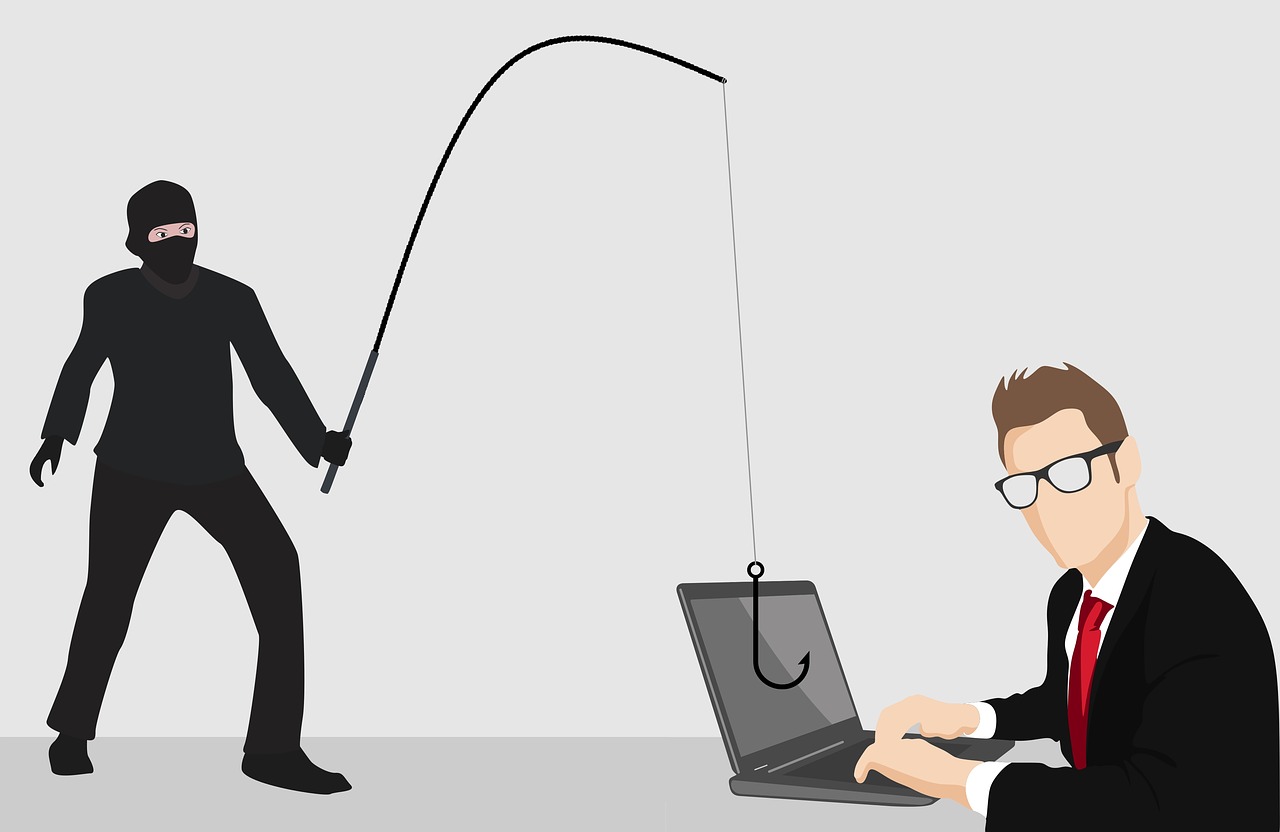What is phishing? How is works? Preventing from phishing attack
Phishing is a social engineering attack that is widely used to steal user information, including credentials and credit card numbers. This happens when an attacker posing as a proxy tricks the victim into opening an email, instant message or text message. Then, trick the recipient into clicking a malicious link, which may lead to the installation of malware, system freezing due to ransomware attacks, or the disclosure of confidential information. This article describes about What is phishing? How is works and how to prevent from phishing attack.
Phishing violates trust-
Users receive an email from the bank asking them to confirm the transfer. The email will take you to a link that looks similar to your bank’s website, but is actually a “fake” but identical copy of the bank’s website. When he entered the page, he entered the credentials, but nothing happened.It was too late, and the user only provided his bank password to the cyber criminals.
Fake lottery tickets-
Users will receive an email stating that they have won prizes in the lottery. Normally, users are too smart to accept this technique. However, the letter came from her boss, Joe, and involved a charity that both of them supported. You click and land on a fake page that is downloading malware.
Data update-
The user receives an email from Joe, asking them to view the attachment.The document contains malware. The user may not even know what happened. Take a look at the file, it looks good.
Sentimental Abuse-
An email from someone claiming to be needy, He got cancer and his insurance was cancelled. He asked users to donate money to help them recover from the disease. The user clicks the link and is redirected to the fake charity page.
How to prevent from Phishing attack-
Beware of phishing techniques-
New types of phishing attacks are constantly emerging. Without understanding these new phishing techniques, you may accidentally become a victim of one of them. Keep up to date to get the latest phishing attacks. If you can find them as soon as possible, the risk of being caught by one of them will be greatly reduced. For IT administrators, it is strongly recommended that all users undergo continuous security training and fake phishing. Safety is the top priority of the entire company.
Think before you click-
You can click links on websites you trust. Not sure until I click it. Will they lead where they should lead? A phishing email can indicate that it was sent by a legitimate company. If you click on the link,The website looks like a real website. The email may ask for information, but it may not ask for your name. Most phishing emails begin with “Dear Customer”. Therefore, if you encounter such emails, please be careful. If in doubt, go directly to the source code instead of clicking on potentially dangerous links.
Install the anti-phishing toolbar-
Most Internet browsers can be customized in the following ways Anti-phishing toolbar. Using these dashboards, you can quickly view the websites you have visited and compare them with a list of known phishing websites. When malicious sites are detected, you will be warned in the toolbar. This is just another layer of phishing protection.
Check the security of the website-
Be extremely careful when posting sensitive financial information on the Internet. However, as long as you are on a secure website, there will be no problems. Before submitting any information, please make sure that the site URL starts with “https” and there is a closed padlock icon next to the address bar. A secure website always starts with https.
Check your online account regularly-
If you don’t access your online account for a long time, someone may need to work a day. Even if you technically don’t need it, check every online account regularly. Also change the password regularly. To avoid bank phishing and credit card fraud, you should check your bank statements yourself on a regular basis. Receive monthly reports on your financial accounts and double-check each entry to ensure that no fraudulent transactions are made without your knowledge.
Keep your browser up to date-
Popular browsers will continue to release security patches. Phishers and other hackers inevitably discover and exploit. If you usually ignore browser update messages, please exit them. Once an update is available, download and install it.
Use a firewall-
A high-quality firewall acts as a buffer between you, your computer and external attackers. You must use two different types: desktop firewalls and network firewalls. The first option is software, and the second option is hardware. Sharp when used together Reduce the chance of hackers and phishers invading your computer or network.
Never provide personal information-
Generally, you should never transmit personal or financially sensitive information on the Internet. Due to the success of early phishing attacks, users must be constantly warned. If in doubt, please visit the main website of the respective company, get their phone number and call them. Most phishing emails will direct you to a page that asks you to enter financial or personal information. Internet users should never post sensitive items via links in emails. Never send emails containing sensitive information to anyone.
Use antivirus software-
There are many reasons to use antivirus software. Special signatures in antivirus software can prevent known technical gaps and solutions. Just make sure to update your software. With the emergence of new fraud cases, new definitions have been added all the time. To prevent phishing attacks, firewall and anti-spyware settings should be used. Users should update the program regularly. Firewall protection prevents access to malicious files by blocking attacks. Antivirus software scans all files that enter the computer through the Internet. Prevent damage to your system.
